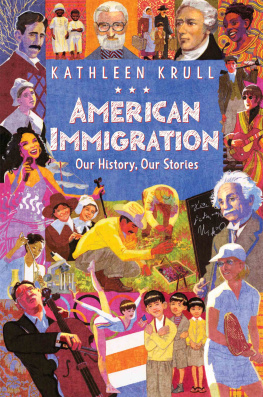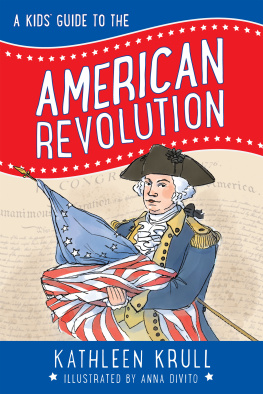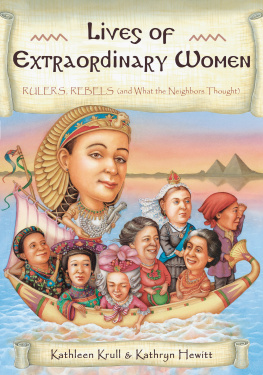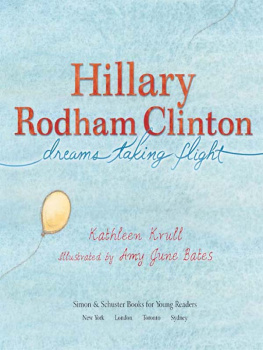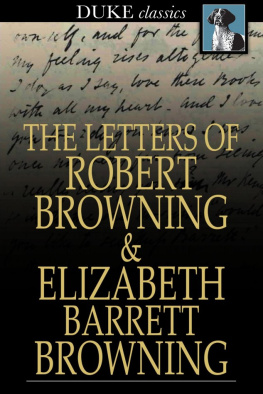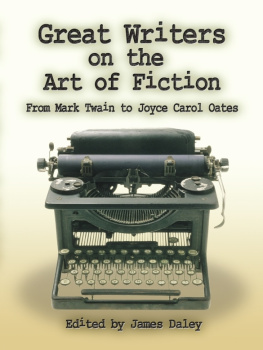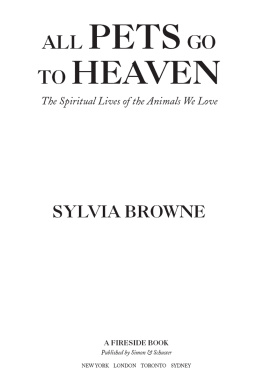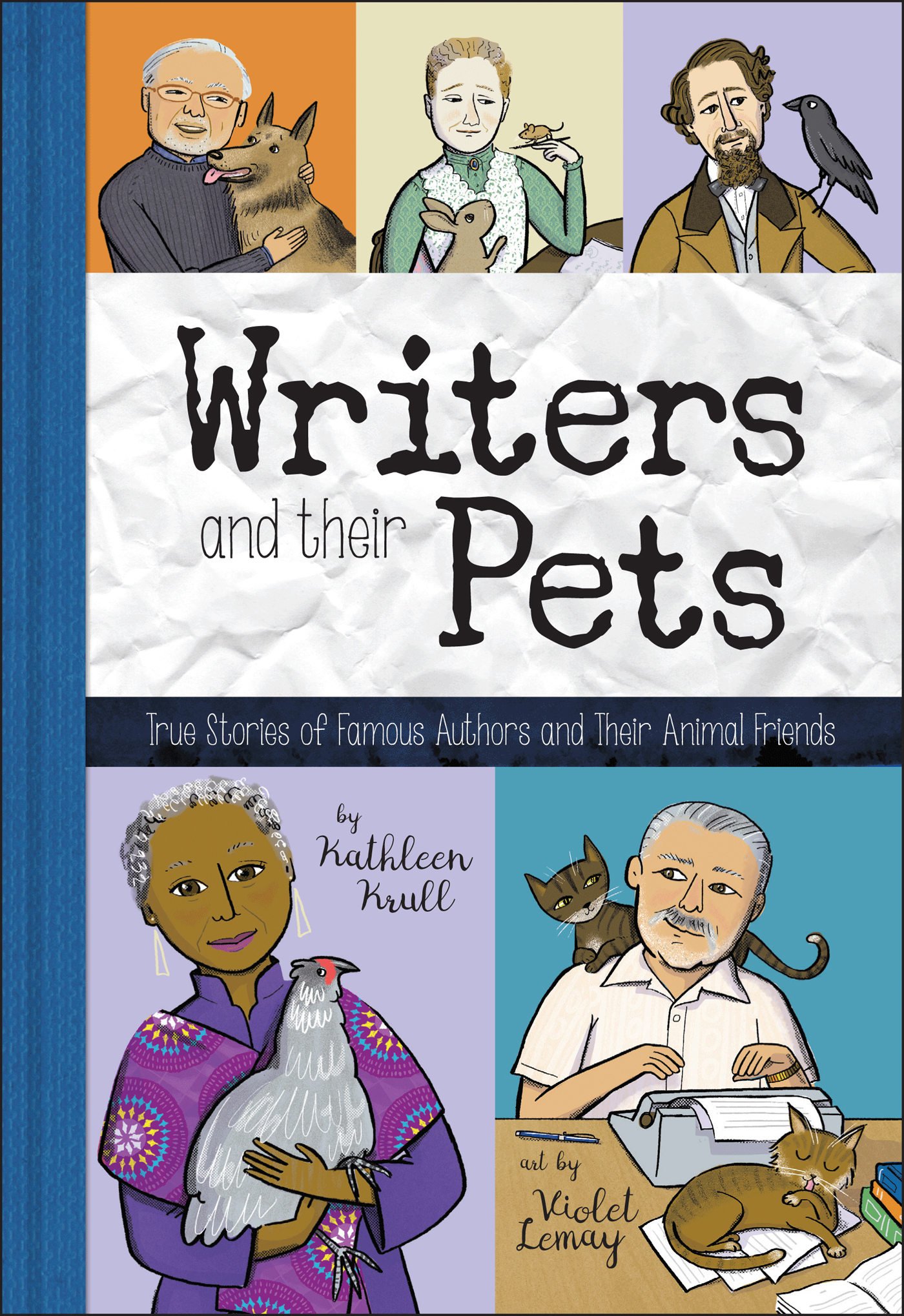
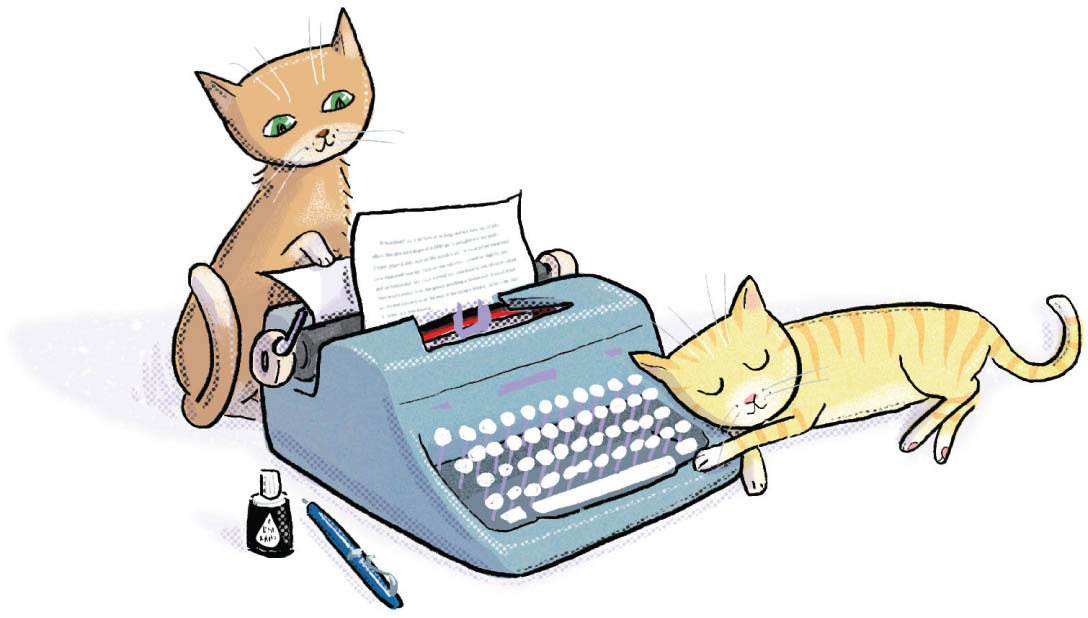
Writers
and Their
Pets
True Stories of Famous Authors and Their Animal Friends
by Kathleen Krull art by Violet Lemay

Contents
, Her Immortal Dog
, Scary and Strange
, Keeper of the Raven
, Of Comedy and Cats
, Writing Novels with a Lap Full of Dogs
, Drawn to Mice and Bunnies
, A Poodle Is a Poodle Is a Poodle
, A Dog of Her Own
, Devoted to Dogs
, Falling Off a Horse
, Of Dogs, Pigs, and Spiders
, A Soft Spot for Cats
, The Famous Charley
, Queen of the Wild Ponies
, When Your Pet Saves Your Life
, Black Humor with a Pumpkin Accent
, Life Is Better with Peacocks
, Dogs and Other Wild Things
, Communing with Chickens
, The Best Reason to Have a Pet

Introduction
The history of writers and their pets is long and charming.
Writing is a lonely craft, a battle to hold oneself aloof from the rest of the world in order to get words down on a page. Writers have to be solitary, avoiding ordinary distractions that could interfere with their extraordinary work.
But pets remind writers that they are not alone. Pets played one crucial role after another in the lives of the writers here.
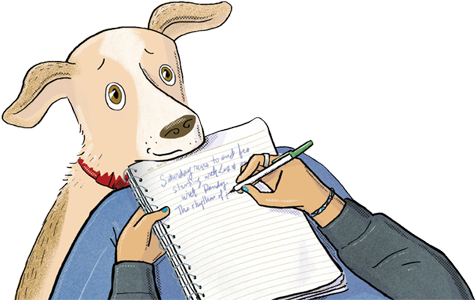
Pets are unfailingly loyal, a solace during times of rejection from publishers, critics, and awardcommittees. They watch us carefully, tuning in to our moods.
After a writer ventures into the unknown with flights of imagination, pets represent a safe harborcompanions who appreciate a writers true self, no matter what mask he or she puts on for the public.
Pets indulge a writers softer side. Mark Twain was a notorious lover of cuddly catsbut he was vastly outdone by Ernest Hemingway, who at one point had 57 of them! (He hailed them as love sponges and purr factories.)

Pets can bein the case of Maurice Sendak and several other writers herebetter company than most people. For Elizabeth Barrett Browning, a dog provided such a source of security that she was able to function as a person and a poet.
Pets can be guardians, a role treasured by Virginia Woolf. Pets save lives emotionallyand in some cases, literally, as Pablo Neruda rejoiced.
Pets supply a way to unwind after hours of motionlessness, a way to get the blood flowing back to the head, which is what a writer wants. Charles Dickens loved this about his dogs, and William Faulkner rode his horses every day. They can be an aid to good health in all sorts of ways (except for the times horses threw Faulkner off). Grooming pets can be a soothing part of a daily routine, their breath ebbing and flowing with ours.
Pets excel at getting writers out of their own heads and relating to other people and the world. Writers have used pets to woo mates (E. B. White) and make friends out of strangers (John Steinbeck). Pets can make an ideal audience, sounding boards who never tireunlike weary family and friends.

Pets brighten a writers days, as her fabulous peafowl surely did for Flannery OConnor. For some, playing silly games with a pet can make up for a bad childhood with no play and no pets.
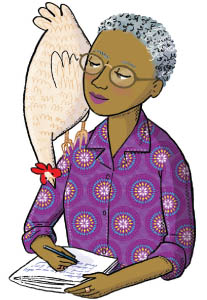
Pets were muses to Gertrude Stein and many others. They can inspire an entire booklike Alice Walker and her irrepressible chickens. And as J. K. Rowling was tickled to find out, they can even help with the nightmare known as writers block.
Attachments to pets can be so intense that many writers, like Dorothy Parker and Kurt Vonnegut, had their pets with them when they died. Sometimes pets died shortly after their owners, as with Edgar Allan Poes Catterina.
Read on for more storiesamusing, touching, upliftingof writers and their pets.
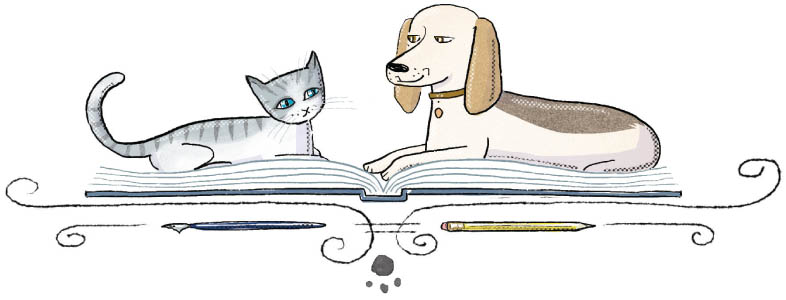
Elizabeth Barrett Browning
Her Immortal Dog
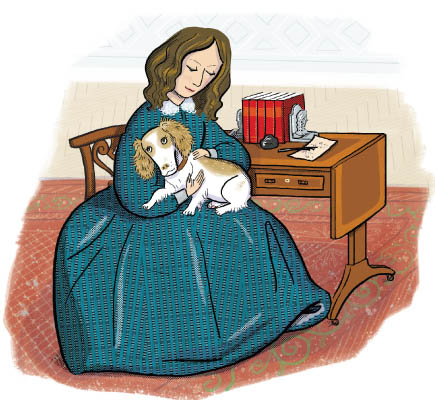
H e and I are inseparable companions, and I have vowed him my perpetual society in exchange for his devotion. No, Elizabeth Barrett Browning wasnt writing about her future husband, the poet Robert Browning. She was referring to her dog.
Few were as attached to their pets as the enormously popular Victorian poet Elizabeth Barrett Browning. And few pets have made such a difference in a writers life.

An unusually prolific young poet, at age 12 Elizabeth had penned her own epic: The Battle of Marathon. She also rode her pony at breakneck speeds, went for walks and picnics, and took part in plays her family put on. But she was often ill or depressed, with head and spinal pain, and as she got older, her fond but tyrannical father seemed quick to confine her.
To this day, her ailment, or combination of them, remains a mystery. Whatever her illness, physical or mental, she became reclusive and anxious. Doctors did little for her except prescribe an opium/alcohol mixture, which may have worsened her symptoms. She spent most of her time in her upstairs room, always dressed in black, keeping caged doves, wasting away in foggy, dusty London.
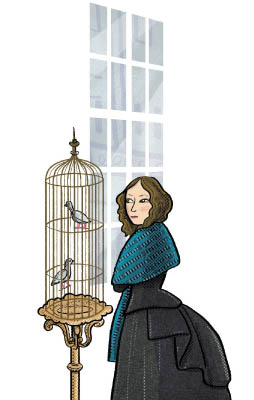
Her health slowly improved as she headed into her thirties, though she wasnt writing and saw few people other than immediate family. Then, one day, a friend sent her a radiant, purebred cocker spaniel.
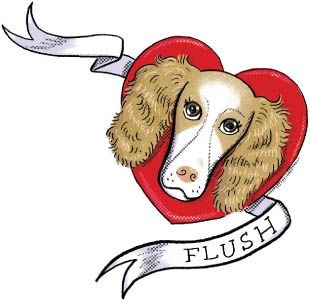
It was love at first sight. Flush (no one knows the story behind the name) was simply adorable. It didnt matter if he tore her letters, chewed her shoes, or wet her books. He made her laugh when he danced or played a game of climbing atop her head and tumbling down her shoulders. He woke her up each morning by gently nibbling her hands. They took coffee together, with him insisting on drinking out of a cup like hers, even though it made him sneeze. The maid bathed him and dried him with one of Elizabeths shawls.
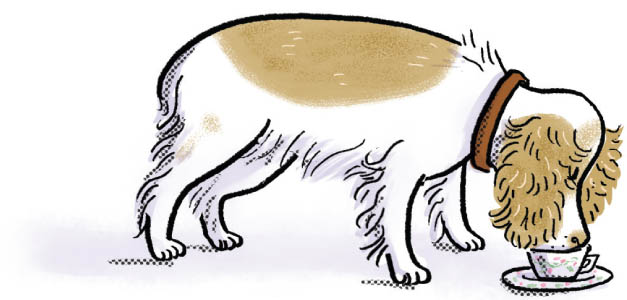
Elizabeth was afraid of many things, and loyal, joyful Flush made her feel safe, in that unique way that pets can soothe ussafe enough to resume contact with the outside world, through letters, and to begin writing poetry again.
Next page

